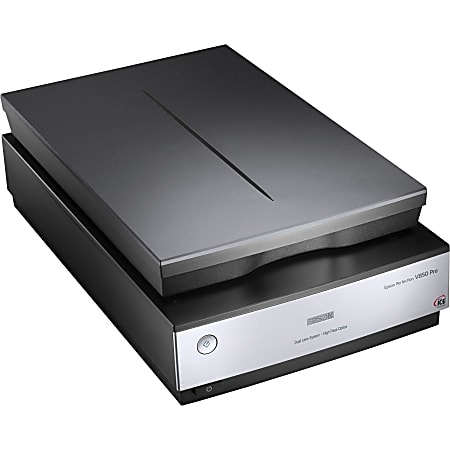Selecting a Scanner and Recommendations for Scanning
Learn why a desktop scanner is the best equipment for inputting textiles, and how to do so.
There are different methods for scanning fabrics for digitization. Some teams opt for hi-tech digitization services, where they send their fabrics to be scanned on the industry's most sophisticated optical capture machines. At SEDDI, we provide a simpler solution you can use in your office or home office. All you need is a good-quality scanner and some fabric samples to get started.
Some online digitization services let you capture digital fabrics as photos taken with a digital camera or a mobile phone. However, photographing fabrics differs from scanning because the position of the fabric is not held at a constant and consistent perspective from the camera lens's viewpoint. With mobile phones and DSLRs, slight shifts in the angle of the camera's lens introduce unpredictable variations in the geometry of the fabric's surface texture. These variations are suboptimal for processing the best digital fabrics. Although we won't cover those methods here, our fabric preparation steps can still serve as a good start for any fabric digitization process.
How To Select a Scanner and Scan Your Fabric
Types of Scanners to Avoid
Fabric digitization requires a scanner that can scan photographic images. Scanners optimized for black-and-white text recognition and basic graphics like charts and graphs that do not include optimization for photos are not acceptable. Often these suboptimal kinds of scanners are included in large photocopiers like you might see in the self-service area of big box office stores. They are great for scanning huge binder documents, but they are not going to capture the beauty and details of your fabrics.
Scanning JPG format is not recommended. We have discovered that the "lossy" compression standards create noise and blur that causes SEDDI Textura's AI not to function at 100%.
Running ICC color profiles can also cause issues. Please check with our support team if you utilize color management software.
Types of Scanners to Use
Our recommended scanners are the Epson Perfection V600 or Epson Perfection V850 scanners.

These scanners are readily available at most electronic/camera shops and can be ordered online.
Dedicated desktop scanners are a good place to start.
Check to see if your scanner includes a full color mode.
Is your scanner optimized for scanning photographs?
What kind of resolution settings can you select? SEDDI Textura requires 300 PPI minimum and processes images up to 1200 PPI. We highly recommend 600PPI as a standard working solution.
Typically, scanner platen sizes are 8x10 inches, a good size for larger textile formats (to avoid multiple scans is 11x17 (A3).
Setting Up the Scanner
Clean your scanner surface to avoid stains on the image.
After cleaning, ensure the platen is dry and free of streaks that can cause reflections.
Determine image quality for scanning: 600 - 1200 PPI with a minimum scan area of 10 cm x 10 cm or 4 in x 4 in.
The maximum size of input files is 10,000x10,000 pixels.
We train our users to their unique workflow needs, such as when to scan at higher resolutions, and when to accept lower resolution sizes (large repeats and quickening the workflow to keep the materials from being too "heavy" for 3D projects).
We recommend using the scanners application for scans. Occasionally, API-driven input is fixed, and the settings can be problematic. (Epson's ScanSmart software is utilized by many of our clients).
The better the quality of your scan, the easier the process becomes.
Further explanation of PPI & DPI (for scanning and how to adjust within SEDDI Textura)
The terms Dots Per Inch (DPI) and Pixels Per Inch (PPI) are commonly used interchangeably to describe the resolution of an image. However, the terms do not mean the same thing, and there are distinct differences between the two:
DPI refers to the number of printed dots contained within one inch of an image printed by a printer.
PPI refers to the number of pixels contained within one inch of an image displayed on a computer monitor.
These descriptives are basically the same. So long as you scan at 600 PPI or DPI, your resolution and results should be fine.
On some occasions, the resolution will need to be input into SEDDI Textura. The window below shows the notification you receive if SEDDI Textura cannot read the DPI/PPI correctly. Simply input the info into the box next to PPI/DPI and select next.
Once the textile is in SEDDI Textura, you can also adjust the resolution in the window below. (Remember, you shouldn't scale UP a fabric if it is not scanned at the resolution you input).

